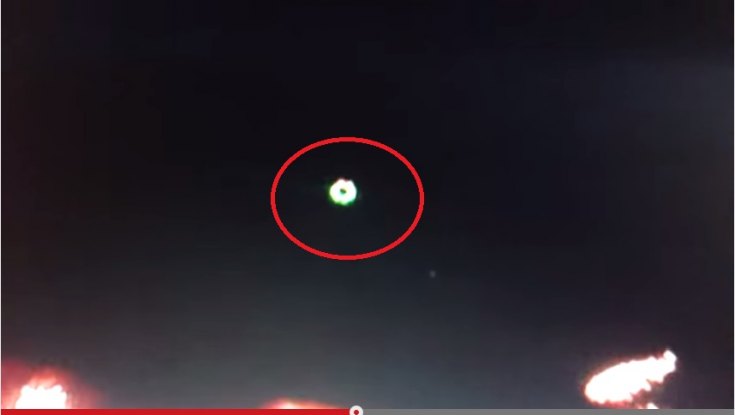



The largest increase is expected in Europe, where the number of alien species will increase by 64% by the middle of the century. The study identifies high levels of variation between regions. The model predicts a 36% increase in the number of alien plant and animal species worldwide by 2050, compared to 2005 levels. “But we are not helpless bystanders: with a concerted global effort to combat this, it should be possible to slow down or reverse this trend.”įor the study, the research team developed a mathematical model to calculate for the first time how many more aliens would be expected by 2050, based on estimated sizes of source pools (the species that could end up becoming invasive) and dynamics of historical invasions, under a ‘business-as-usual’ scenario that assumes a continuation of current trends.
London alien news drivers#
Alien species are one of the main drivers of extinctions of animals and plants.Ĭo-author Professor Tim Blackburn (UCL Centre for Biodiversity & Environment Research and the Institute of Zoology, ZSL) said: “Our study predicts that alien species will continue to be added to ecosystems at high rates through the next few decades, which is concerning as this could contribute to harmful biodiversity change and extinction. Some of these aliens can go on to become invasive, with damaging impacts to ecosystems and economies.

More than 35,000 such species had been recorded by 2005 (the date of the most recent comprehensive global catalogue). The research team led by the German Senckenberg Biodiversity and Climate Research Centre hope it should be possible to reduce this number with stricter biosecurity regulations.Īlien species are those that humans have moved around the world to places where they do not naturally occur. Published in Global Change Biology, the study also predicts the arrival of around 2,500 new alien species in Europe, which translates to an increase of 64% for the continent over the 45-year period. Photos and graphics subject to third party copyright used with permission or © Imperial College London.The number of alien (non-native) species, particularly insects, arthropods and birds, is expected to increase globally by 36% by the middle of this century, compared to 2005, finds new research by an international team involving UCL. 'If Cassini found nothing we would have looked stupid and the management team might not have listened to us again.'Īrticle text (excluding photos or graphics) available under an Attribution-NonCommercial-ShareAlike Creative Commons license. 'I didn't sleep for two nights before that,' says Dougherty. This was agreed and in July 2005 Cassini moved in for a close-up study. Our results indicated that Saturn's magnetic field was being dragged round Enceladus in a way that suggested it had an atmosphere.' So Dougherty and her colleagues asked the Cassini management to direct the probe to take a much closer look. 'Cassini had been in orbit round Saturn for more than six months when it passed relatively close to Enceladus. She was the principal investigator for Cassini's magnetometer instrument. Many now believe it offers the best hope we have of discovering life on another world inside our solar system.Yet the discovery of Enceladus's strange geology was a fairly tentative affair, says Professor Michele Dougherty of Imperial College London. Yet Saturn's tiny moon has suddenly become a major attraction for scientists. Enceladus is little bigger than a lump of rock and has appeared, until recently, as a mere pinprick of light in astronomers' telescopes.Įnceladus is little bigger than a lump of rock and has appeared, until recently, as a mere pinprick of light in astronomers' telescopes.


 0 kommentar(er)
0 kommentar(er)
